How to prioritize features is always a hot topic for product teams. Even the most seasoned product manager struggles with determining which features and initiatives to put on the roadmap and what prioritization frameworks to employ. With so many opportunities competing for scarce resources, how do you decide?
In this post, I will cover seven popular strategies and prioritization frameworks for prioritizing features.
7 Popular Strategies and Prioritization Frameworks:
- Value versus Complexity Quadrant
- Weighted Scoring
- Kano Model
- Buy a Feature
- Opportunity Scoring
- Affinity Grouping
- Story Mapping
Whether you’re developing a new product or maintaining an existing product here are seven different prioritization frameworks you can use to prioritize product features. In the end, the technique you choose isn’t as important as the conversation your team has about the priorities. And even if you disagree about the specific prioritization, if you can get agreement on the criteria, you’re ahead of the game.
1. Value versus Complexity Quadrant
In the Value versus Complexity model, you evaluate every opportunity based on its business value and its relative complexity to implement. Based on our conversations with product managers this is a common approach, and many product managers go through this assessment instinctively every day. The prioritization framework of the matrix is simple: The initiatives that have the highest value and the lowest effort will be the low-hanging fruit for your roadmap.
2. Weighted scoring
With weighted scoring, you can use the Value versus Complexity model, but layer in scoring to arrive at an objective result. Based on dozens of interviews with product managers we arrived at this model for our prioritization model in ProductPlan.
By using a scoring method to rank your strategic initiatives and major features, product managers can facilitate a more productive discussion about what to include on the product roadmap. While there are many inputs that ultimately go into a product decision, a scoring model can help the team have an objective conversation.
3. Kano Model (customer delight versus product function)
With the Kano model product managers can look at potential features through the lens of the delight a feature provides customers versus the potential investment you make to improve the feature.
There are some basic features that your product simply needs to have in order for you to sell your product in the market. You need to have these “threshold” features, but continuing to invest in them won’t improve customer delight dramatically.
There are some features (like performance) that give you a proportionate increase in customer satisfaction as you invest in them.
Finally, there are some excitement features that you can invest in that will yield a disproportionate increase in customer delight. If you don’t have these features, customers might not even miss them; but if you include them, and continue to invest in them you will create dramatic customer delight.
4. Buy a Feature
Buy-a-feature prioritization is an activity you can use with customers or stakeholders to prioritize a set of potential features. The approach is simple but fun. List potential features and assign a “price” to each (based on a relative cost to develop it). Hand out a set amount of cash and then ask participants to buy the features. Some will place all their money on one particular feature they’re passionate about, while others might spread their cash around the room. The result is your prioritized feature list.
5. Opportunity Scoring
Opportunity scoring is a type of Gap Analysis that comes from Outcome-Driven Innovation. Without getting too detailed, the idea is to measure and rank opportunities based on their importance versus customer satisfaction. To conduct opportunity scoring you ask customers to score the importance of each feature and then also score how satisfied they are currently with that feature. Your opportunities are those features that are highly important yet customers gave a low satisfaction score.
6. Affinity Grouping
Affinity grouping can be a fun prioritization framework activity. I’ve conducted affinity grouping sessions with product teams that are trying to understand what to build. The idea is simple: have everyone brainstorm opportunities on sticky notes. Then as a team, begin to group similar items together, and then name the groups. Finally, everyone on the team begins to vote on or rank the groups.
7. Story Mapping
Story mapping is a personal favorite of mine to prioritize features. It’s used in agile organizations. And is a great way to document the Minimum Viable Product by organizing and prioritizing user stories and the development releases. The idea, in a nutshell, is you can map out the workflow of your product from beginning to end.
Here’s how it works:
- You create the workflow using cards or a Kanban board, and you arrange the cards in order from the start of the customer experience to the end of the customer experience.
- Then, you then order the most important things to develop from top to bottom.
- Finally, you create slices of releases based on that prioritization.
Image Source: ProductPlan
Strategies for Prioritizing Features
Your good product management skills will come into play during the process. I have a few suggestions regardless of the prioritization framework you choose:
- Approach prioritization as a team activity; not only is does it create buy-in on the team, you get different perspectives. It’s also a lot more fun.
- Limit the number of items you are prioritizing – focus on the biggest items rather than the details.
- Categorize and group initiatives together into strategic themes (for example, “improving satisfaction” for a particular persona would be a good way to group).
- Before you begin prioritizing, it’s helpful if you understand the customer value of each initiative. The customer value should be rooted in evidence that you’ve gathered from customers rather than your opinions.
- Before you begin, have a rough estimate of the cost. Even the T-shirt sizing of “small” “medium” and “large” will be helpful during the process.
Product management can often be a difficult balancing act, in which you find yourself constantly trying to satisfy many competing agendas for your product. Your sales team wants a new set of features. Your executives want the product market-ready by a certain date. Development wants to push a few items off until the next release. The investors want to shave costs wherever possible. You want to make sure your product doesn’t fall behind the competition. And your customers want everything.
And because it can be so difficult to know exactly what to prioritize amid all of this noise, product managers can easily fall into several pitfalls — and prioritize the wrong things for their products.
Strategies to Avoid Common Prioritization Pitfalls
- Don’t prioritize based on what your competitors are doing. Your product’s development should be based on the research, your customer feedback, and innovative ideas that you and your team compile — not on what another product is doing.
- Don’t prioritize based on requests from your sales team. Your sales team will always have a feature-request opinion. But relying on their opinion is the fastest way to lose direction for the product’s strategic purpose.
- Don’t prioritize by what’s easy. Even if your developers tell you that they can get a lot of items checked off of the list quickly. It might sound like a viable option but this isn’t a product strategy. In fact, doing so is a strong indication that you’re not working toward an objective for your product.
- Don’t prioritize based on your gut instinct alone. Driving a product to a successful market launch demands hard evidence and a prioritization framework to support the product manager’s decisions. Think industry research, user surveys, conversations with customers, feedback from the company’s sales or support teams.
https://www.productplan.com/






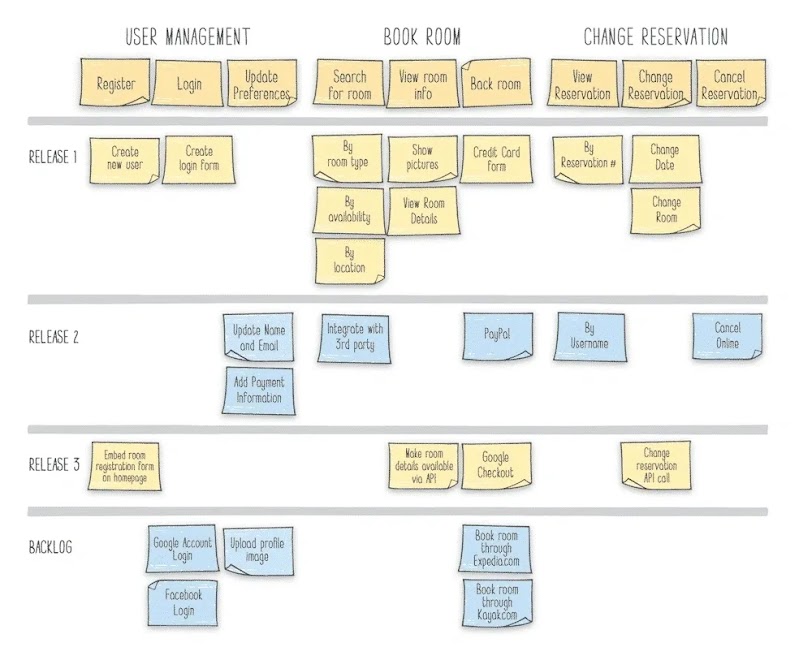
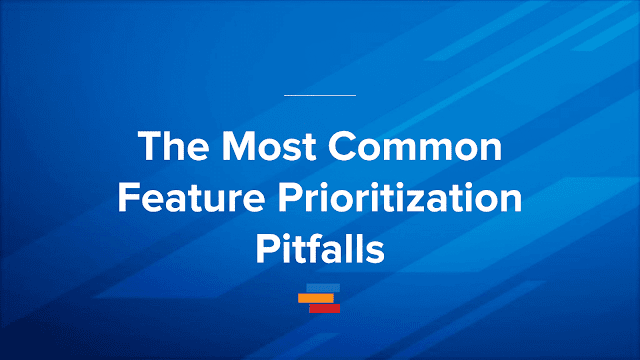
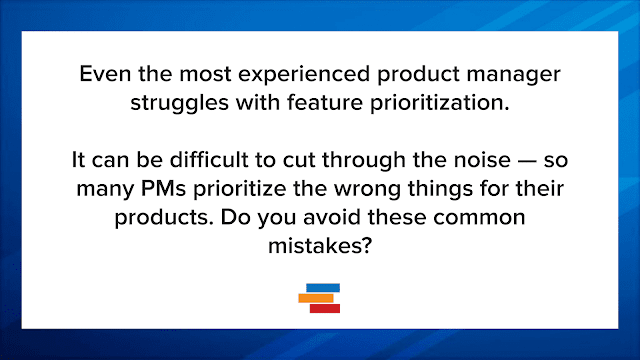
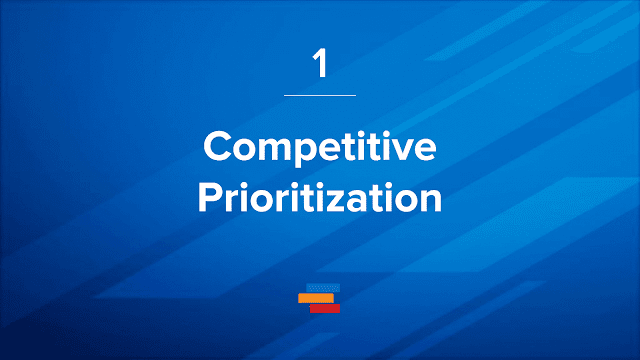
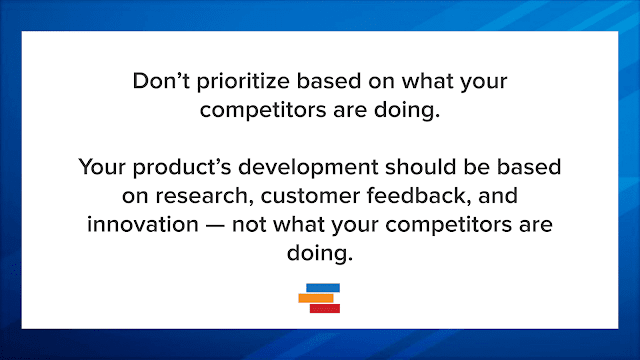
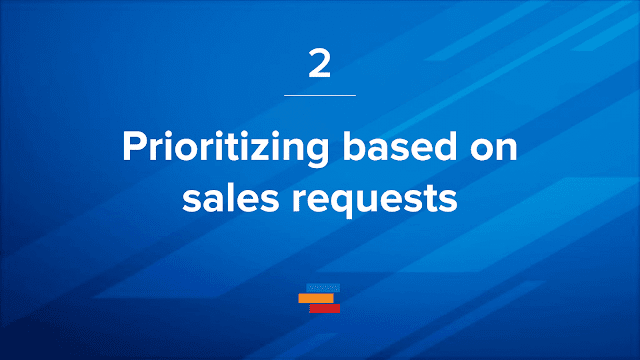
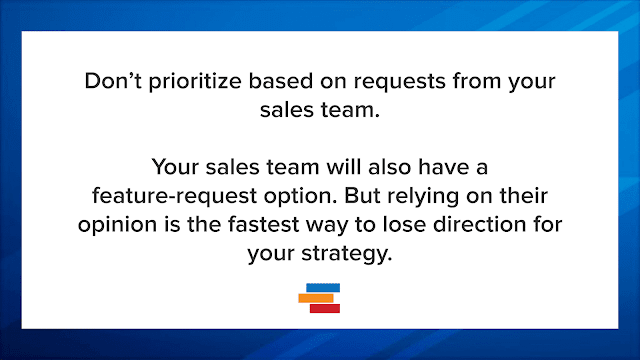



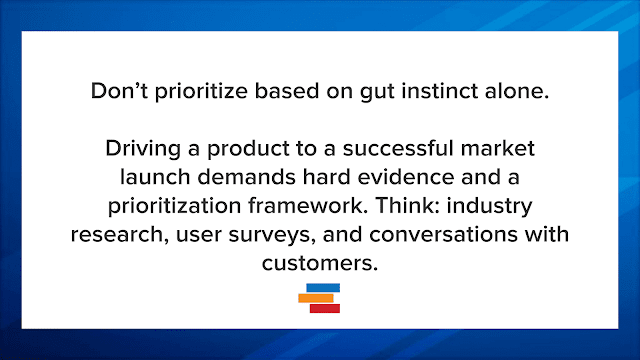

Комментариев нет:
Отправить комментарий